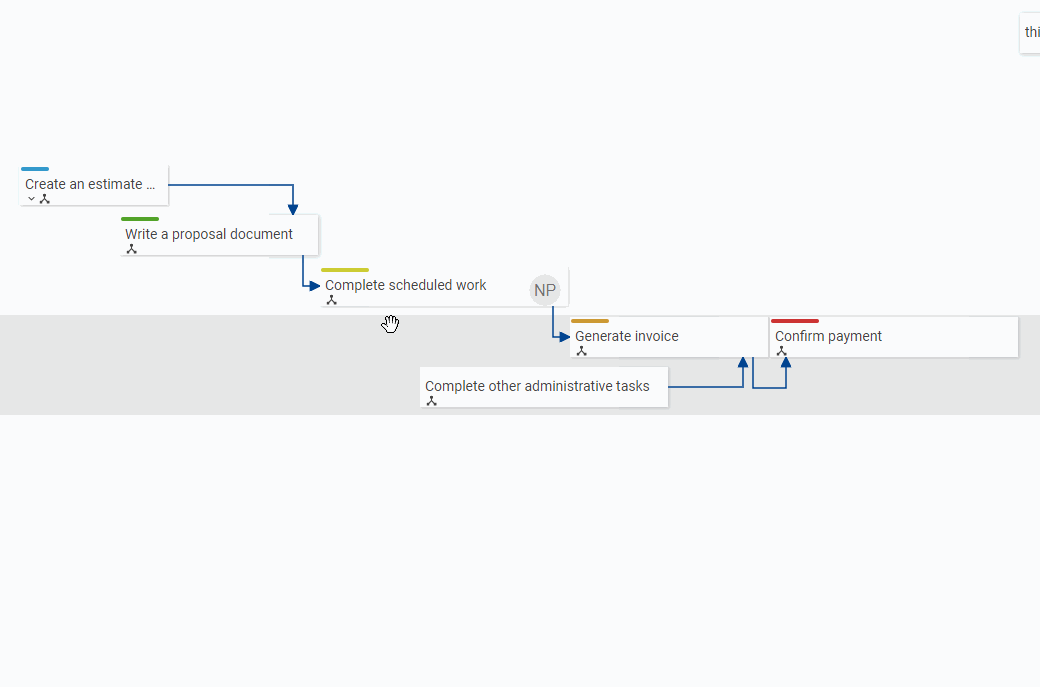Techniques. Tech Geeks: Projects where Tasks are Dependent Across Multiple Contributors
Well, techniques are not just for the technological. This title was just an attempt to be clever and there are only so many words that rhyme with ‘techniques’. Techniques apply to online and offline projects and are naturally developed when using any tool. In fact, use any tool long enough and you naturally develop your own technique as you begin to understand more efficient ways of using it to create better results and/or do the work faster. Everything from managing million-pound budgets to peeling a potato.
Techniques can change depending on the sort of project you are working on, any restrictions (such as budget, and time), the size of your team, the tools you use, your company culture, communication channel preferences, and much more. All those seemingly little things inputted into a project can influence techniques, but there are some foundational commonalities across most projects where a certain technique suits a certain aspect.
Projects where Tasks are Dependent Across Multiple Contributors
Whilst some projects have well-defined and self-contained tasks with sole accountability to one contributor, other projects have tasks that are shared, with a cascading timeline requiring contributions of many, and in a particular order. Collaboration on such a scale requires contributors to understand a little of the bigger picture, or at least how their tasks affect the tasks of others. Some key techniques include:
Although Timeline and Gantt views are often associated with deadlines, this cascading task view over time is also great for visualising dependant and related tasks. Over a certain time period, you can see the entire chain of tasks, with each stage connected going from the first task to the last. It’s an excellent view for both Product Managers and Contributors to visualise tasks and see a bit of the bigger picture, and how individual tasks contribute to the goal of the team.
Setting, mapping, and restricting tasks based on dependencies. Having visual references for the necessary order of a chain of tasks, as well as setting functionality to enforce that order can help users see and appreciate the importance of their task and the tasks due before it. Regardless of task ownership, all contributors are on the same page as to what needs to happen, and in what order.
Due dates help reinforce task order and help conclude task progress by setting deadlines for each stage. It could be that the important deadline is at the end of a chain of tasks, say a ‘tender submission’, but if the tender requires approval from individuals, perhaps first ‘technical’ then ‘marketing’, then dates are set at each stage before, as well. This helps keep the final task on track by creating notifications and visual cues that the dependent tasks are due for the final task to meet its deadline.
Regular meetings and sprints help form a conscious team understanding of related tasks against the project, as a whole. Although certain tasks are shared, it is likely that a contributor is responsible for both those shared tasks and tasks only for them. In their workload, an individual task could be as important as a shared one. Whereas for the other team members sharing this task, this shared task could be the most important one. Meetings help to get all the team on the same page and give the team an opportunity to share resources and tasks differently if there are competing tasks assigned to one individual.
[NEW TO 2024]
Download the Huddo Boards
Guide for Project Management
Using project communication channels to highlight tasks to relevant contributors. Sometimes a meeting is not required or is a bit of an overkill for quick day-to-day exchange on small progressions. Here, quick comments and @ mentions can help inform associated members of a progression. So, ‘@hailey I’ve finished the review this morning’. This gives colleagues a live and quick update allowing them to continue immediately if they want.
Accountability is also a key aspect of sharing tasks, and ensuring there is a sense of ownership and relative importance. If you have just one weak link in a chain, it compromises the integrity of the whole chain. Culture across the team for the project should foster a sense of support and comradeship, but also accountability and responsibility of the individual. Tasks can lack resources, but if a project is failing due to neglect from one contributor it can create a negative impact on the rest of the team. So, it’s important that you nurture the right culture in your team, one of mutual respect for each other, and the project itself.



